If you love castles and wine, Tuscany has a wealth of both. As you can see from the map below, Tuscany has more castles than any other region in Italy. Additionally, Tuscany comes in second after Sicily for the highest number of organic vineyards out of Italy’s regions.
Following are five of my favorite Tuscan locations that combine a castle with a wine estate. All have incredibly deep roots in history, all are committed to sustainable farming methods, and all offer on-site accommodation.
I will list these in the order they would appear if you are traveling south from Florence, through the Chianti zone, to Southern Tuscany.
Castello di Verrazzano
This castle is forty-five minutes south of Florence, via the winding roads of the Chianti zone. It became the property of the Verrazzano family in the seventh century and winemaking was first recorded here in 1150.
At Castello di Verrazzano, the vineyards are organic and harvest is exclusively done by hand. Their other products such as olive oil and honey are also organic.
The guided tour goes through a series of impressive, ever-deeper cellars, after which, the tasting happens in their attractive pumpkin-hued tasting room.
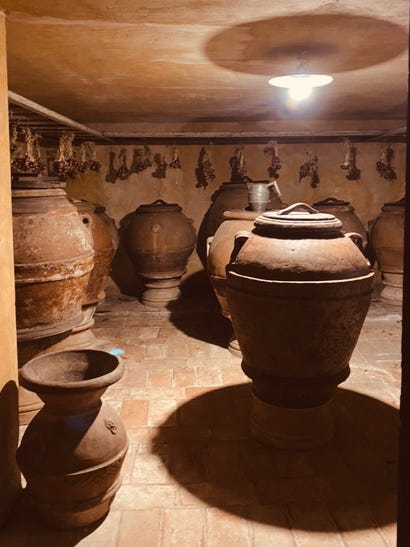
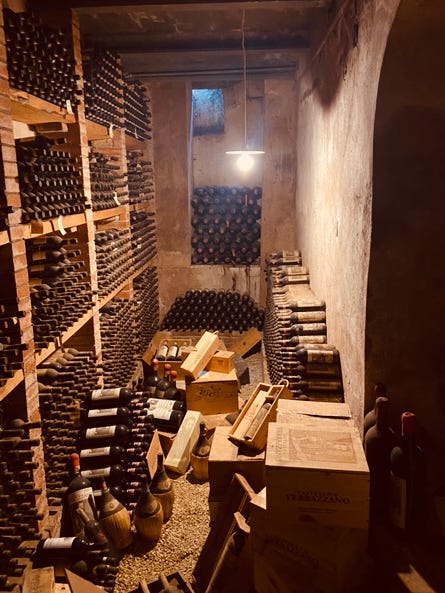
I toured the cellars along with wine tasting last January with clients. It was a great thing to do in January. Less crowded and still beautiful.
In the 15th century, the navigator Giovanni da Verrazzano was born at Castello di Verrazzano. He’s the explorer who “discovered” (for the Europeans) the bay of New York.
On the large botte in the cellars is a carving of “Novus Orbis”, the New World, with Giovanni da Verrazzano’s ship.
This plaque on a wall outside the castle states that in April of 1963, three stones were removed from this castle for the dedication of the Verrazzano Narrows Bridge which crosses the waters where the navigator dropped anchor. “Opening America to a future nation of people of his and other lineages united in freedom.”Their restored farmhouse in the vineyards offers two pleasant apartments.
If you’re visiting Florence and don’t want to hire a driver or rent a car, this winery is reachable by SITA bus from Florence, Monday through Saturday. The bus stop near the castle is called Greti Distilleria.
Castello di Meleto
Constructed in the 11th century by Benedictine monks, Castello di Meleto is the largest organic estate in the Chianti Classico zone. The Ricasoli family has owned it since 1200. It’s is a popular location for weddings, and twenty years ago when I was running a wedding business in Italy, some of my clients’ weddings were held here.
Castello di Meleto’s 125 hectares of vines are mostly Sangiovese for Chianti Classico, but they also grow Cabernet, Merlot and Vermentino.
700 hectares of the estate are forested, and in response to the decline of bee populations, Castello di Meleto has 80 hives. They also created a bee initiative where you can adopt a beehive to help bee repopulation in the area.
Guests can stay in the beautiful rooms in the 12th-century castle or farmhouse apartments and they can enjoy two pools, a bowling green, gardens, a cooking class, and choose from a variety of wine-tasting experiences.
Castello La Leccia
Written sources mention Castello La Leccia as early as 1077. In the 18th century, renovations gave the main building a villa appearance so the place looks partly like a castle of the Middle Ages and partly like a Renaissance villa. Located on a high hill in the Chianti zone, the fabulous views extend for many kilometers, to San Gimignano, Monteriggioni, and Siena.
In the 1920s the Daddi family acquired the estate, and in 1997, Francesco Daddi restored the dilapidated parts of the castle and adopted the organic viticulture practices of his ancestors.
The vineyards produce an excellent Chianti Classico including their prestigious Gran Selezione Chianti called Bruciagna (elegant, full-bodied, lots of spice, good aging potential).
Guido Orzalesi, the general manager, shared with me his thoughts on organic viticulture: “Organic farming is essential in my opinion to produce wines that are tied to the territory they come from. With organic farming, plants are more resilient and have a longer lasting life, while also protecting biodiversity which is also another important element to preserve the local character of wines.”
In 2018, it became a hotel, run by the Swiss Sonderegger family who continue the organic cultivation of the grapes and olives. The hotel is wonderful and manages to balance Tuscan authenticity with modern luxury.
There are 12 exclusive guest rooms and an apartment with 5 double bedrooms. The zero-km restaurant is mostly for the guests. The menu is limited but the food and service are Michelin level and the views from the restaurant are striking. This is the most catered “hotel experience” of the five places in this article.
Castello di Brolio
Completed in about 1000 AD (and rebuilt many times over the centuries) Castello di Brolio is one of the most important castles in Tuscany. In 1141, the Ricasoli family acquired it, and it has remained in their family ever since. It is the oldest winery in Italy, and the castle's 50-foot (14-meter) high walls are the earliest example of walls with bastions in Italy.
Bettino Ricasoli, in the 19th century, is known as the inventor of Chianti due to a letter he wrote highlighting the superiority of the Sangiovese grape.
What constituted a Chianti wine was rather fluid until Bettino put some serious thought into which grapes should be used for Chianti. He settled on three: Sangiovese, Canaiolo and Malvasia. In 1872, he wrote a letter to a professor at the University of Pisa, highlighting the importance of Sangiovese, which he said gave the wine most of its aroma. He noted that Canaiolo sweetened the wine, tempering any harshness of the Sangiovese and that Malvasia diluted it, making it appropriate for daily consumption but could be omitted if one wanted to age the wine.
(In the past, red wines were much lighter than today, as it was common to mix in white grapes.)
At the helm of Castello di Brolio today is Francesco Ricasoli who is committed to sustainability and biodiversity:
“The preservation of the land is a commitment etched in the DNA of the family as well as of all the people who live and work with us… ensuring the beauty and authenticity of our landscape remains intact for future generations.”
Seventy percent of the land contains woods where a rich fauna thrives due to the estate's sustainable practices. Their 4,000 olive trees are cultivated free of pesticides and chemical fertilizers.
The cream of the Ricasoli’s wine crop is their Chianti Classico Gran Selezione made from the best grapes on the estate, produced only in the best years, and aged 30 months. I think it could easily compete with the Super Tuscans.
The simplest/cheapest way to visit is to buy the 6 euro entrance ticket to the castle grounds and with the same ticket, you can taste wines at their enoteca. Or go all out, with their Privilege Tour for a private visit inside the castle and a tasting in the stunning formal dining room. (Or any number of other tours you’ll find on their site.) They have two spacious farmhouses that can be rented, and the osteria on the premises is open from April through December.
Castello di Potentino
Run by my friend Charlotte Horton, this estate lies at the base of Monte Amiata, at the southern end of Tuscany.
Documents trace the castle’s history back to 1042, but its foundation is likely Etruscan. (There’s ample evidence of Etruscan settlements in the area.)
When Charlotte came along, the castle was abandoned and roofless, without plumbing, and inhabited by rats. In 2000, after a year of negotiations to buy Castello di Potentino, Charlotte began the project of a lifetime: to rebirth a skeleton with great bones and to learn the art of wine-making.
Now a winemaker par excellence, Charlotte learned her craft from the locals and developed a philosophy of wine-making that brings back to life the symbiotic relationship people in pre-industrial times had with the land.
The operation is small-scale and organic, and Charlotte’s sustainability concepts extend to a concern for whether the vines are happy. In the mixed volcanic soil, she grows three of the most site-sensitive varieties together in one small vineyard—Pinot Noir, Sangiovese, and Alicante.
Charlotte’s Sangiovese is called Sacromonte (Sacred Mountain) in a nod to the Etruscans who believed Mount Amiata was the dwelling place of gods. Sacromonte has been named a Vino d’Ecellenza many times, identifying it as one of the 500 best wines from Italy.
Her Burgundy wine from the Pinot Noir grapes is comparable to those from France and her most unusual wine is Tumulus, made in the ancient Etruscan manner using a volcanic stone basin found on the land. The Sangiovese grapes are crushed in this basin with bare feet, then transferred to small stainless-steel containers and left to ferment. The is wine bottled in reusable ceramic flask.
No sulphites or cultivated yeast are added. The aim is to approach what the Etruscans made and consumed in the valley 2,500 years ago. Castello di Potentino is possibly the only estate in the world currently making wine in this manner.
There is nothing “hotel-like” about staying here. Rather, you feel like you’re staying in someone’s home. Charlotte does an amazing amount on her own with the help of minimal staff and WWOOFers, (Willing Workers on Organic Farms). Don’t expect the coddling service available at high-end resorts, but do expect a unique experience, which includes dining around a communal table with your host and whoever else is staying there at the time.
The castle frequently turns into a cultural center with Charlotte offering residencies to musicians, poets, and artists, and each year she hosts a series of classical music concerts. The images above and below are from the 4-day Wisdom & Wine Salon that I led at Potentino last year, which included evening talks on the humanists of the Renaissance given by me and a fellow historian.
There is no mono-culture (thank God!) in this exceptionally fertile valley. The eco-system of bees, birds, wild animals, and plant life is vigorous and gives the valley a magical aura. Stay here for an immersive experience in a wilder part of Tuscany, and definitely schedule a wine tasting with the indomitable and fascinating Charlotte.
It’s always a treat to drink Charlotte’s wines while hearing her philosophies about taste and smell, and learn about her passion for preserving the land.
Sacromonte, which I mentioned earlier, consists of 100% Sangiovese grapes grown in volcanic soil and at a higher altitude than in the Chianti zone, making this wine distinct from a Chianti Sangiovese. It tends to lean in a Pinot direction and ages well.
I also recommend picking up some bottles of Charlotte’s Winemaker's Release. Each year, she decides which wines are suitable for the Winemaker's Release. Only the best vintages are chosen.
All the grapes are harvested by hand with minimal intervention in the cellars, allowing the grapes and the land to express themselves. Best of all, Potentino wines are very low in sulfites—lower than in organically certified Italian wines—and they contain no other additives, unlike most wines on the market. Charlotte’s reds are among the few that do not make me feel icky the next day.
🔹Great News! You too can enjoy these wines. Order on her website, and use my code for 30% off!
🔹Go the site here and use the below code at check-out (the place to insert it comes after you enter your address.)
🔹PARADISEOFEXILES30
I recommend orders of 12 bottles but the discount works at all levels. There is no minimum amount that you must order.


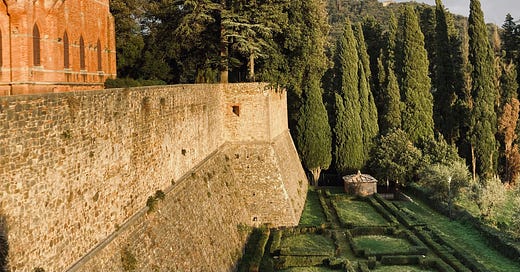



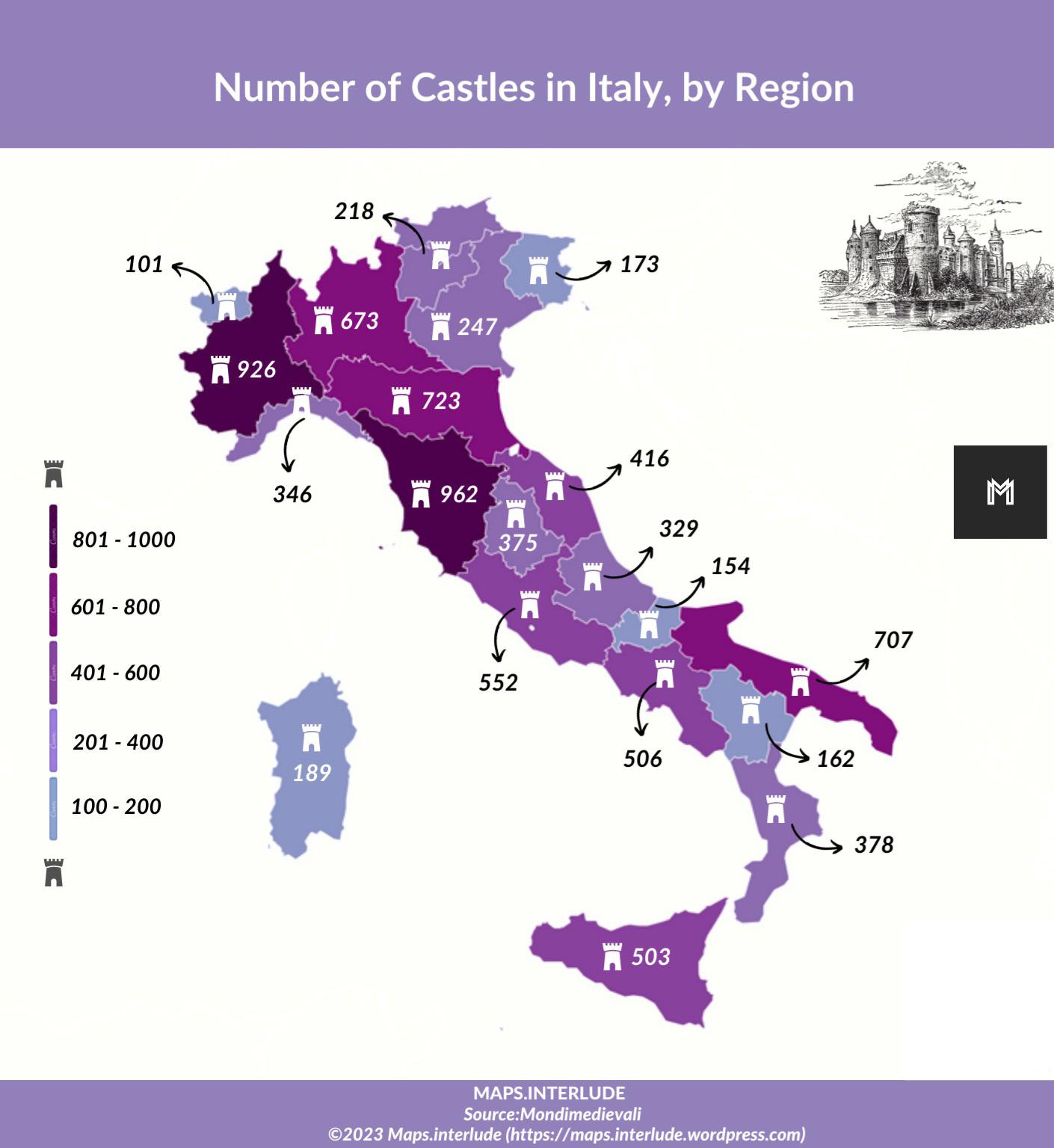
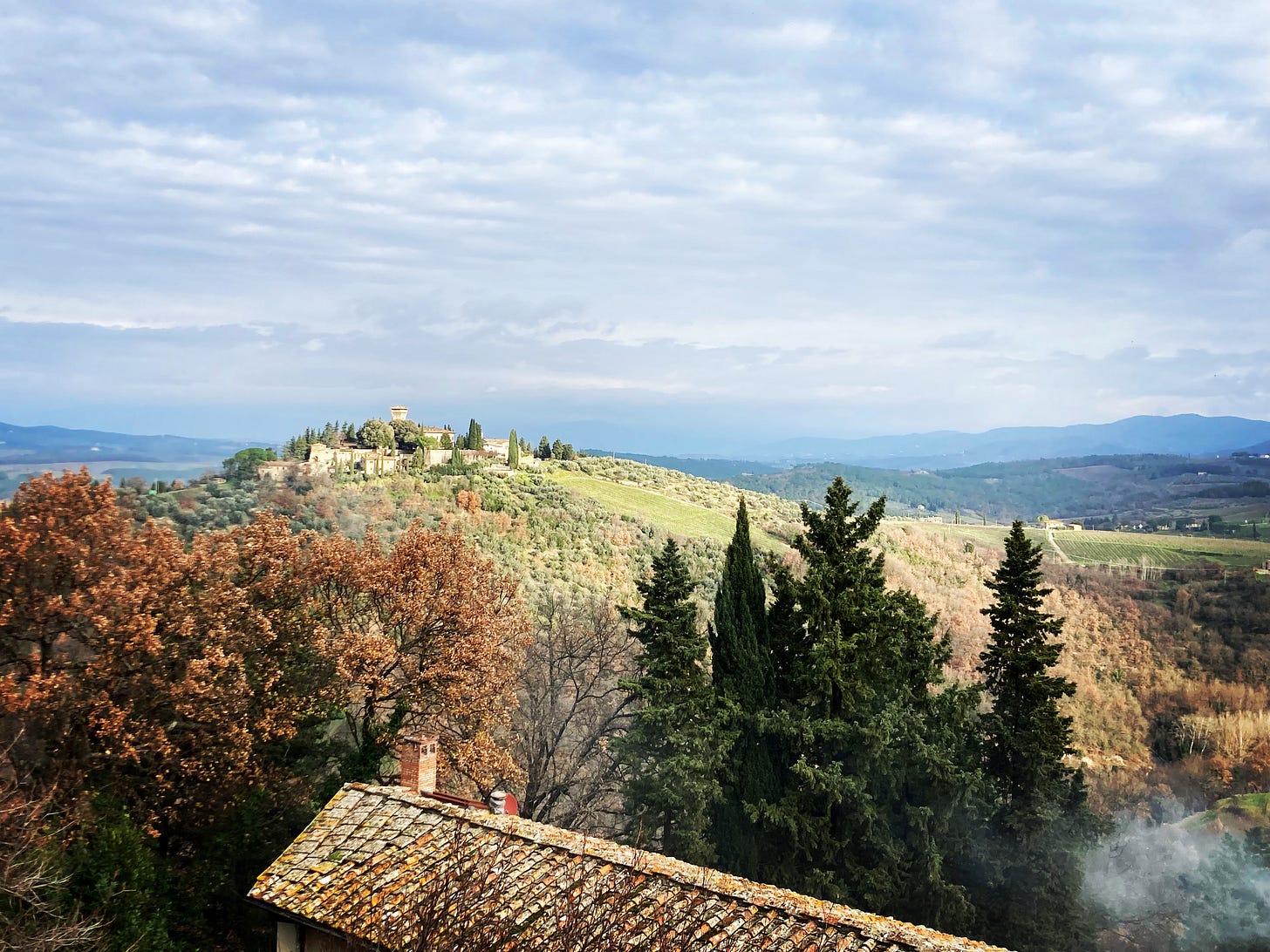
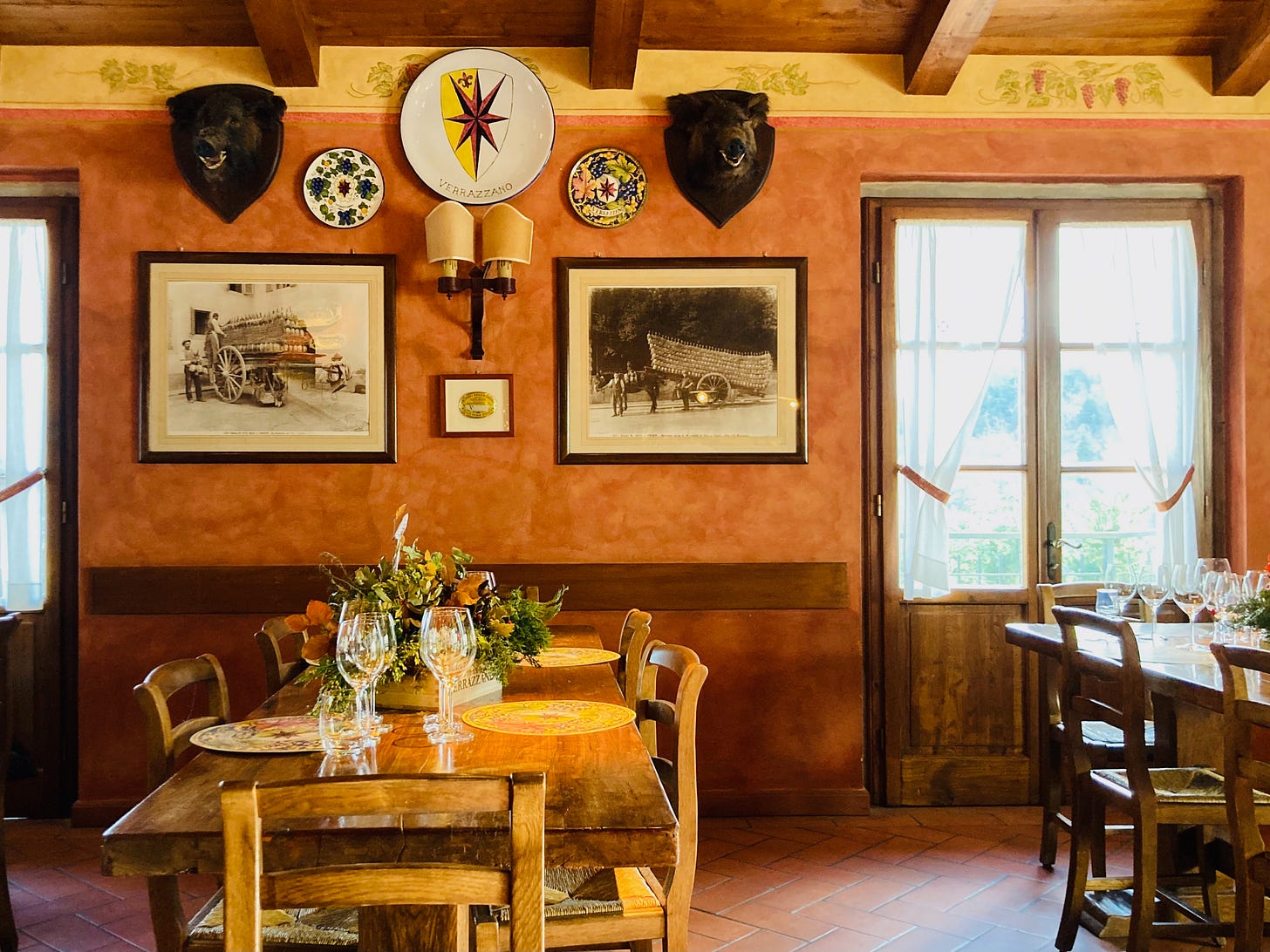
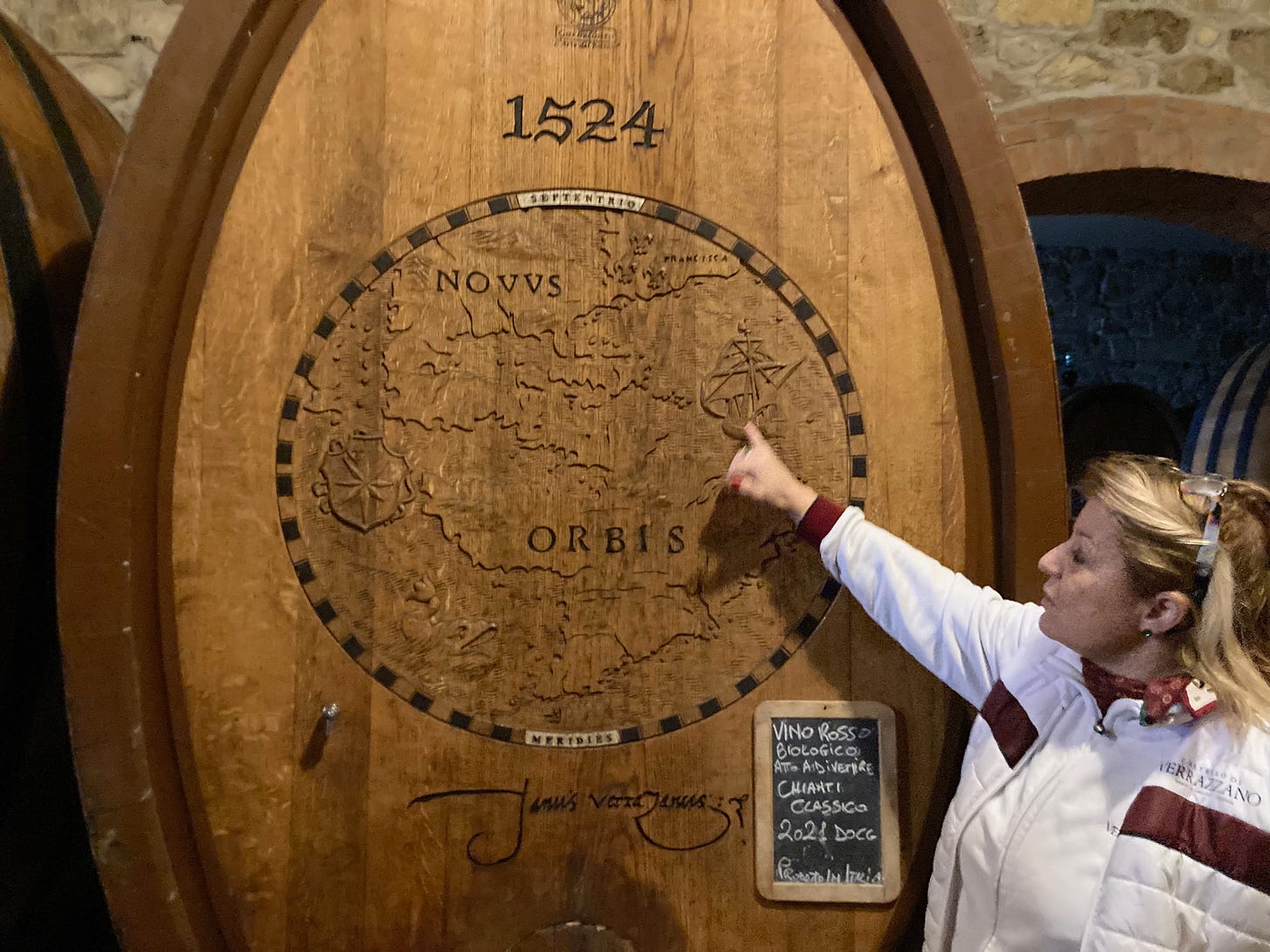
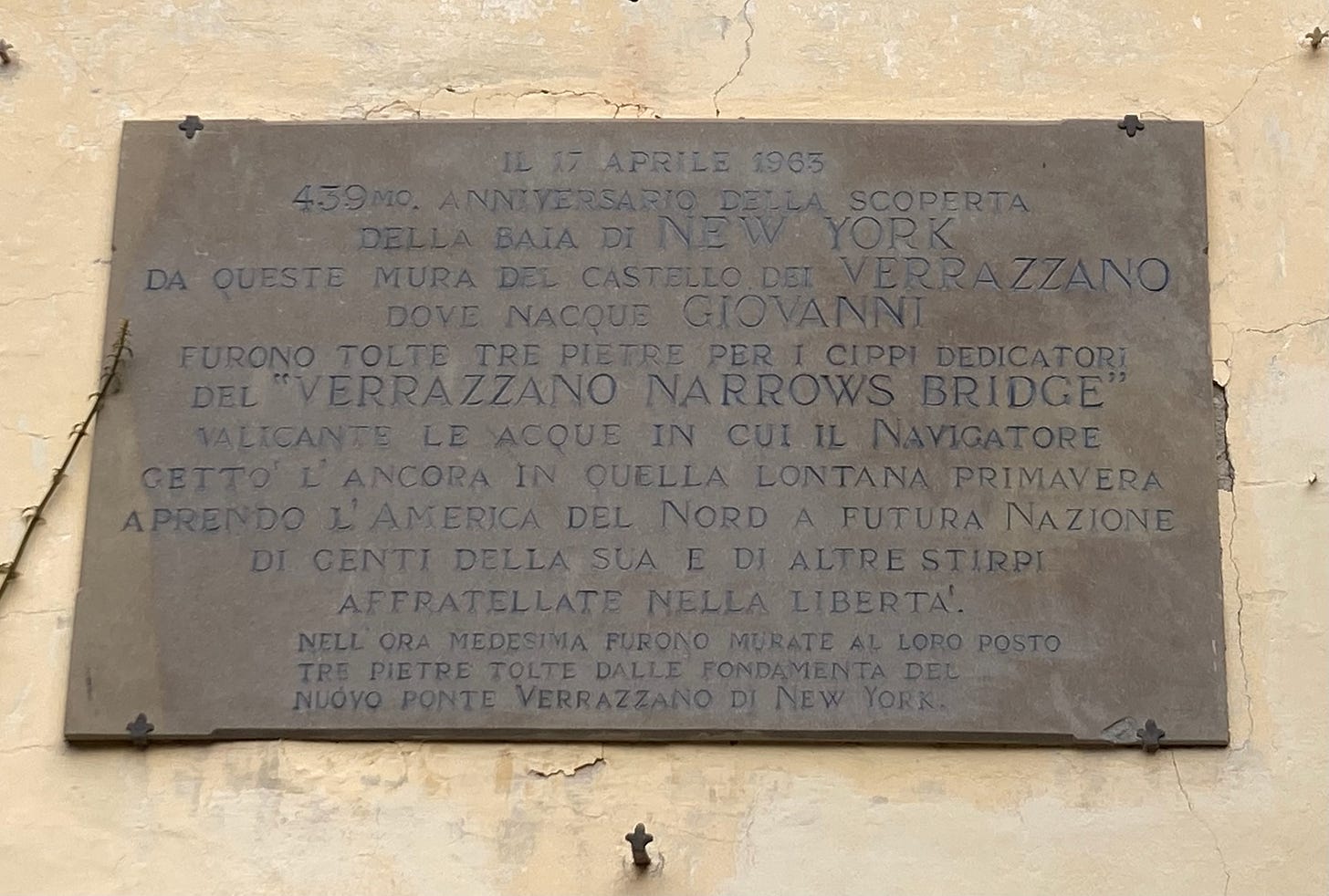
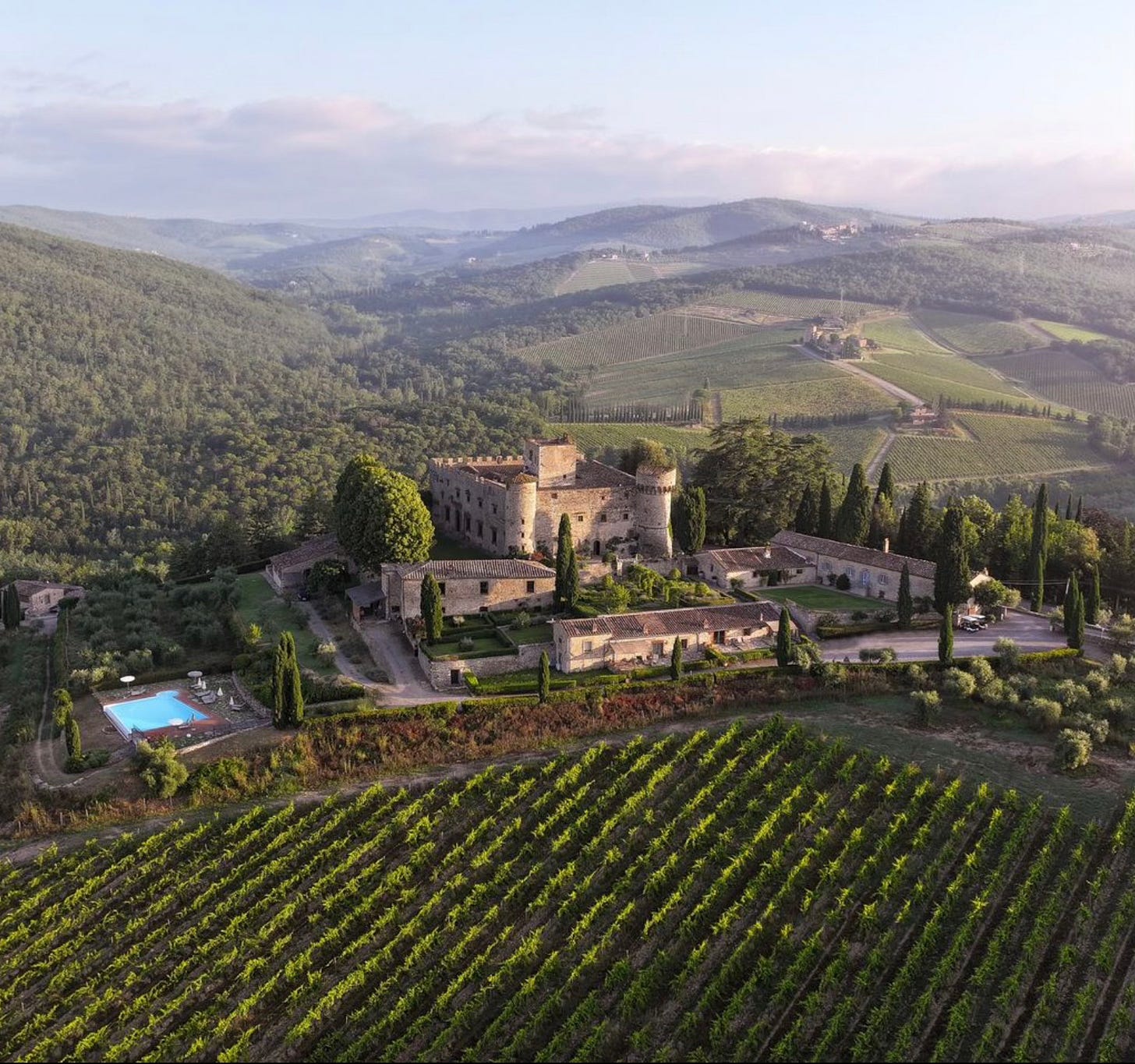
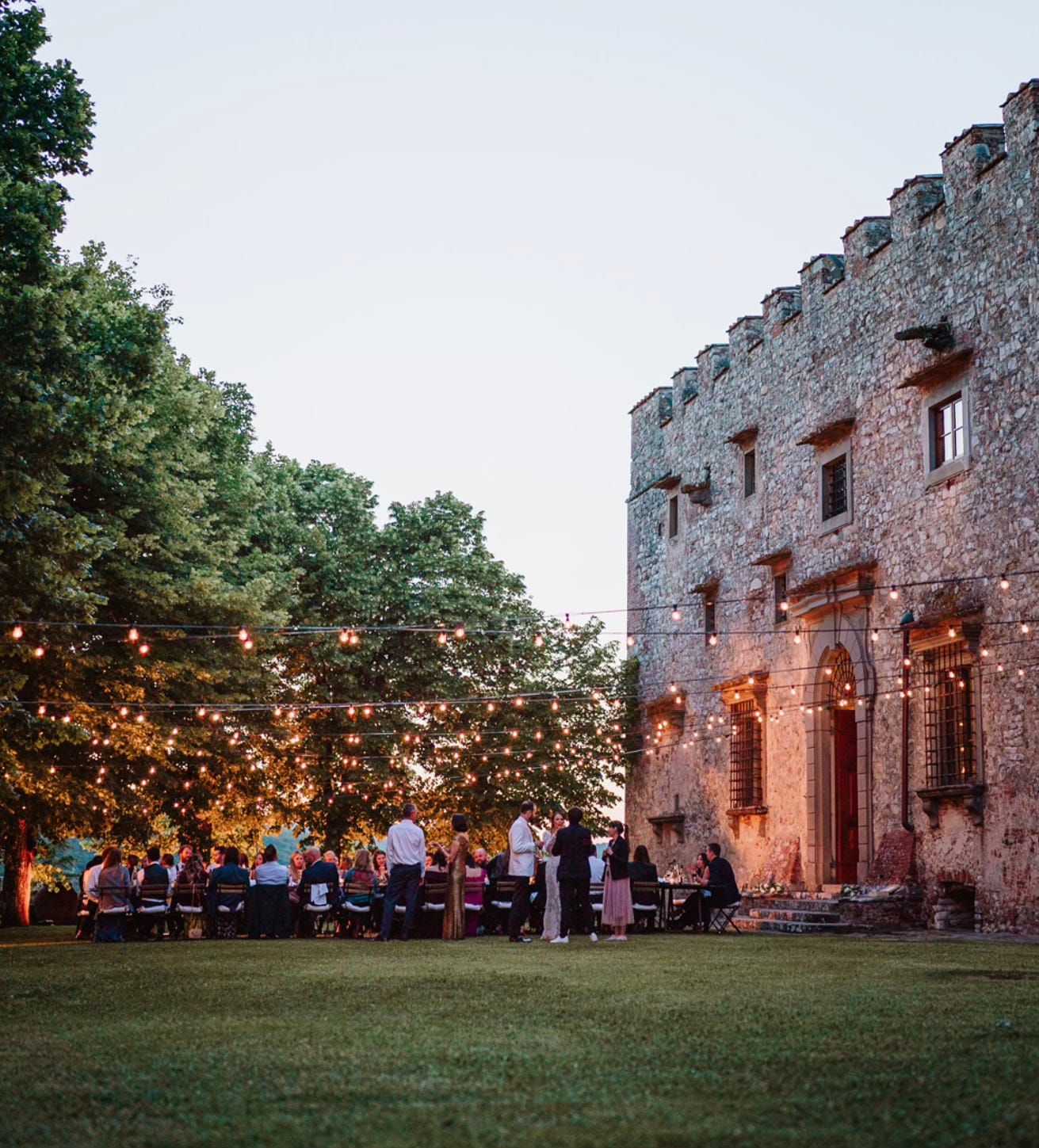
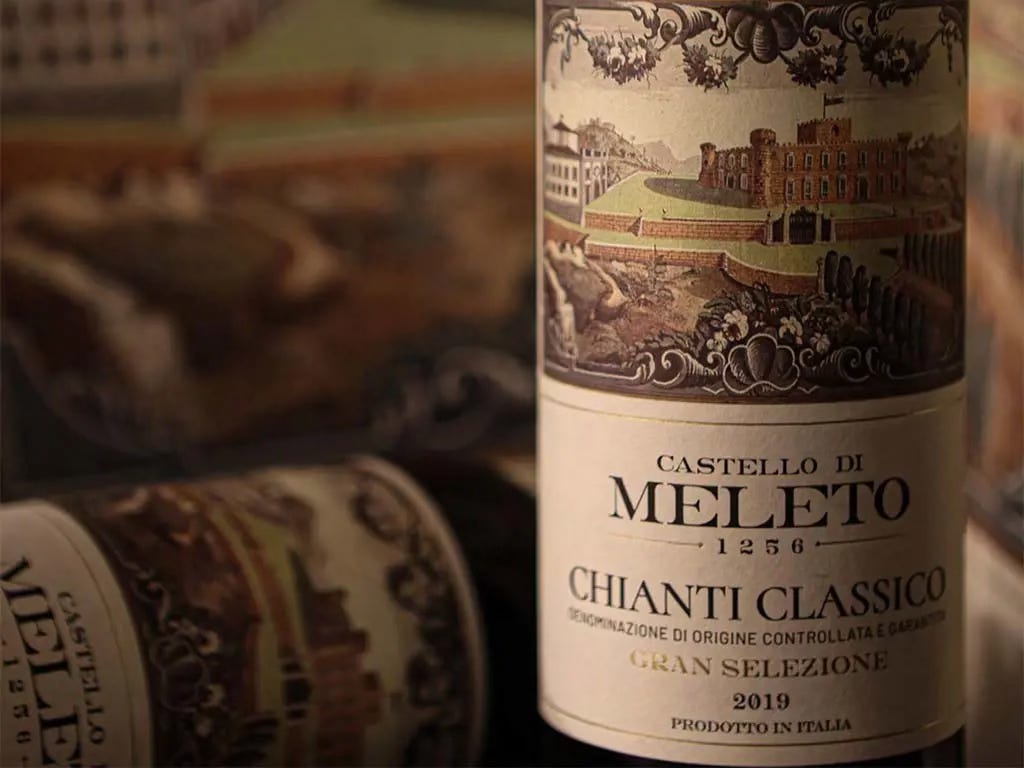

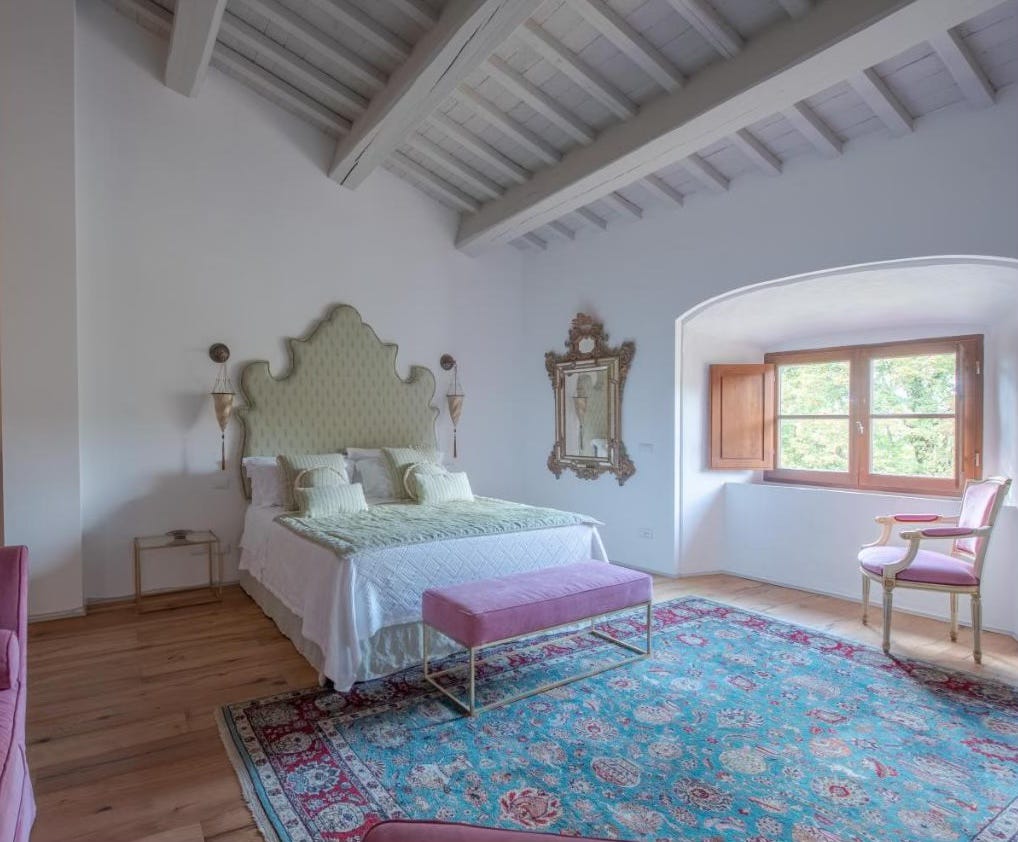
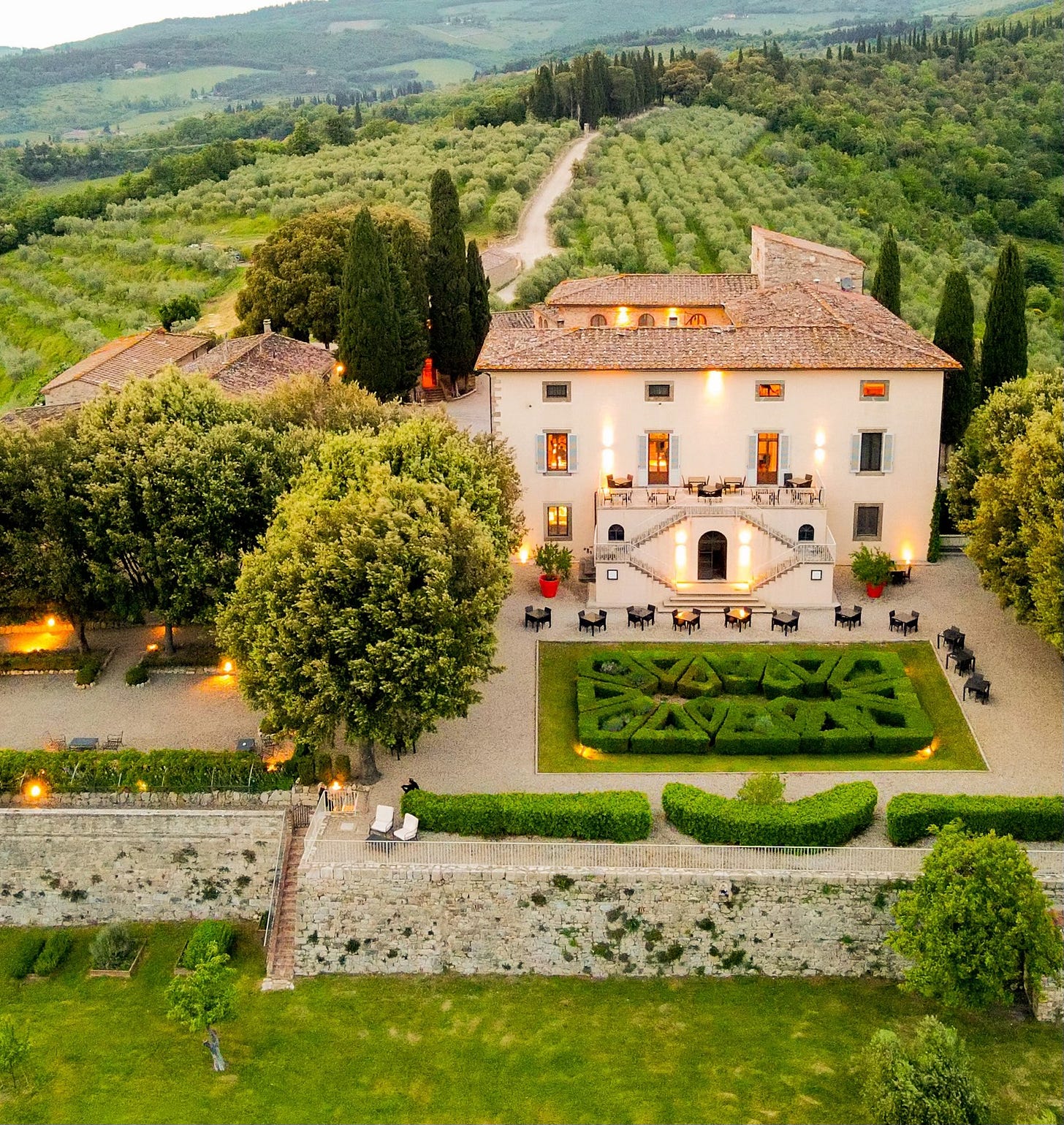

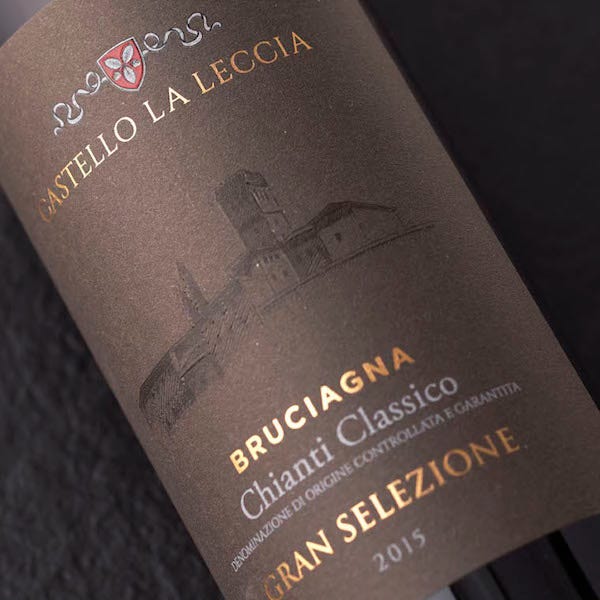
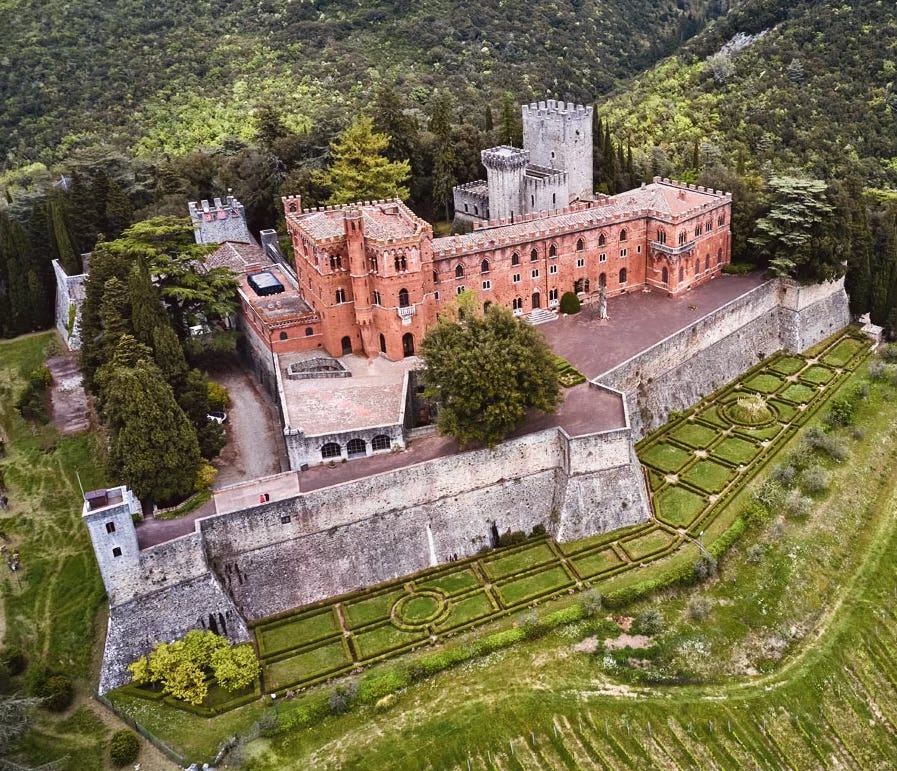
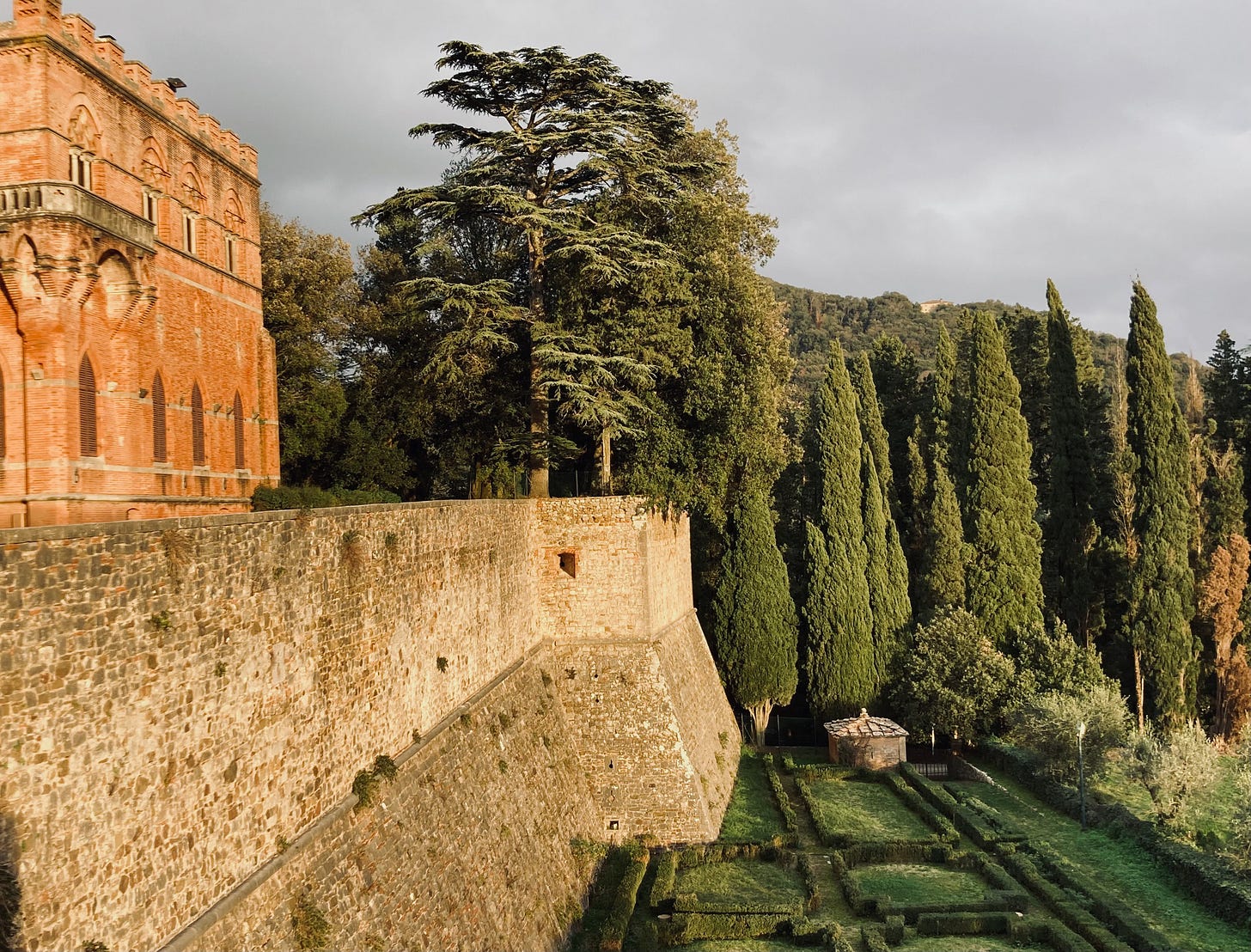
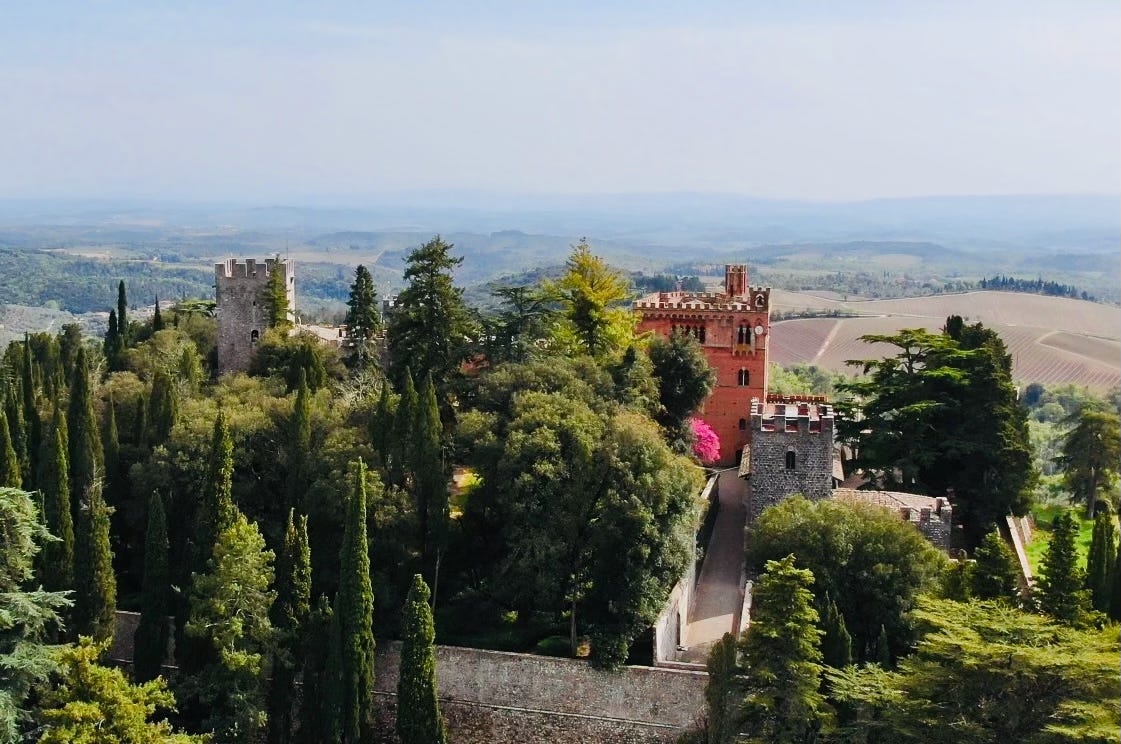
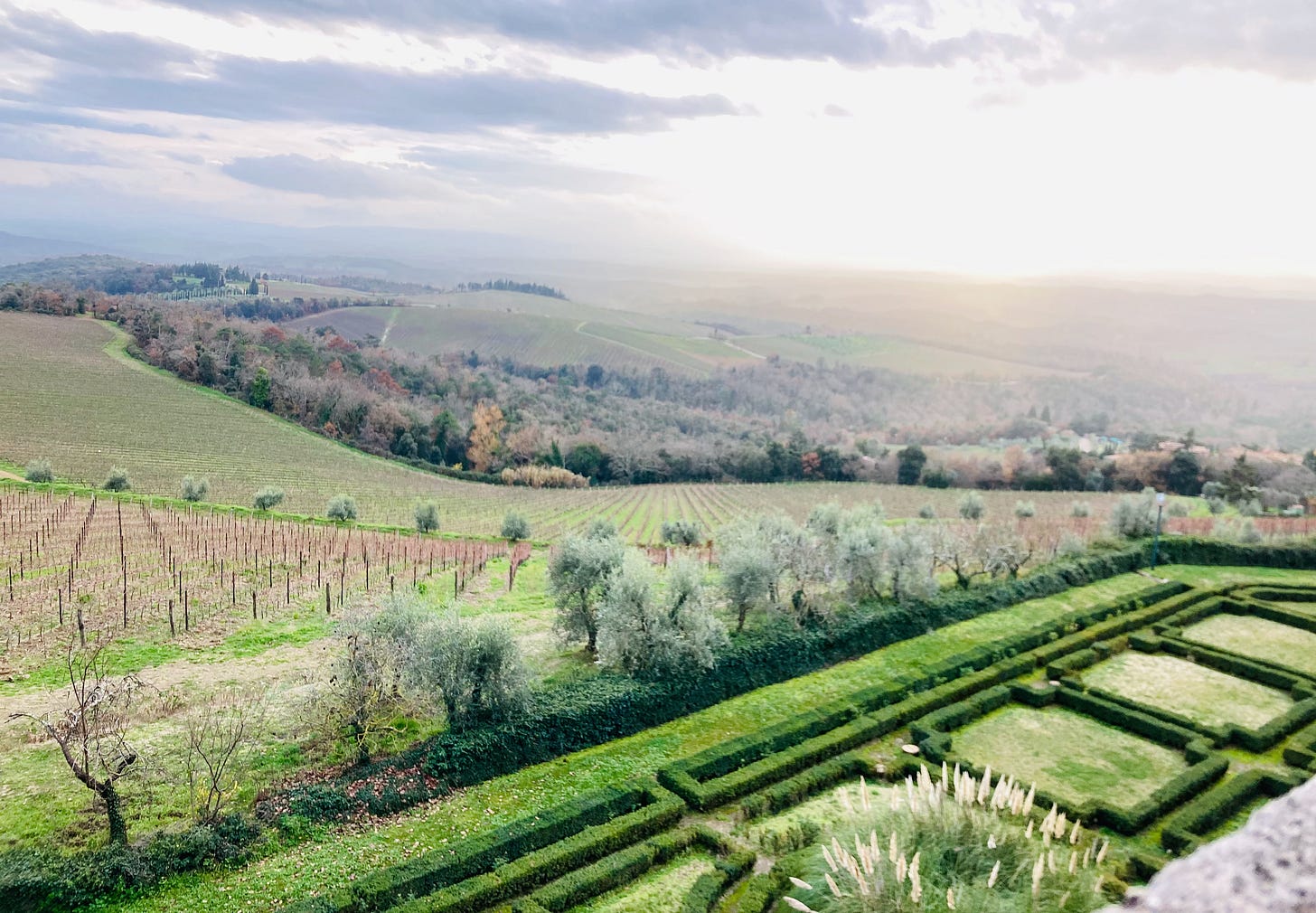
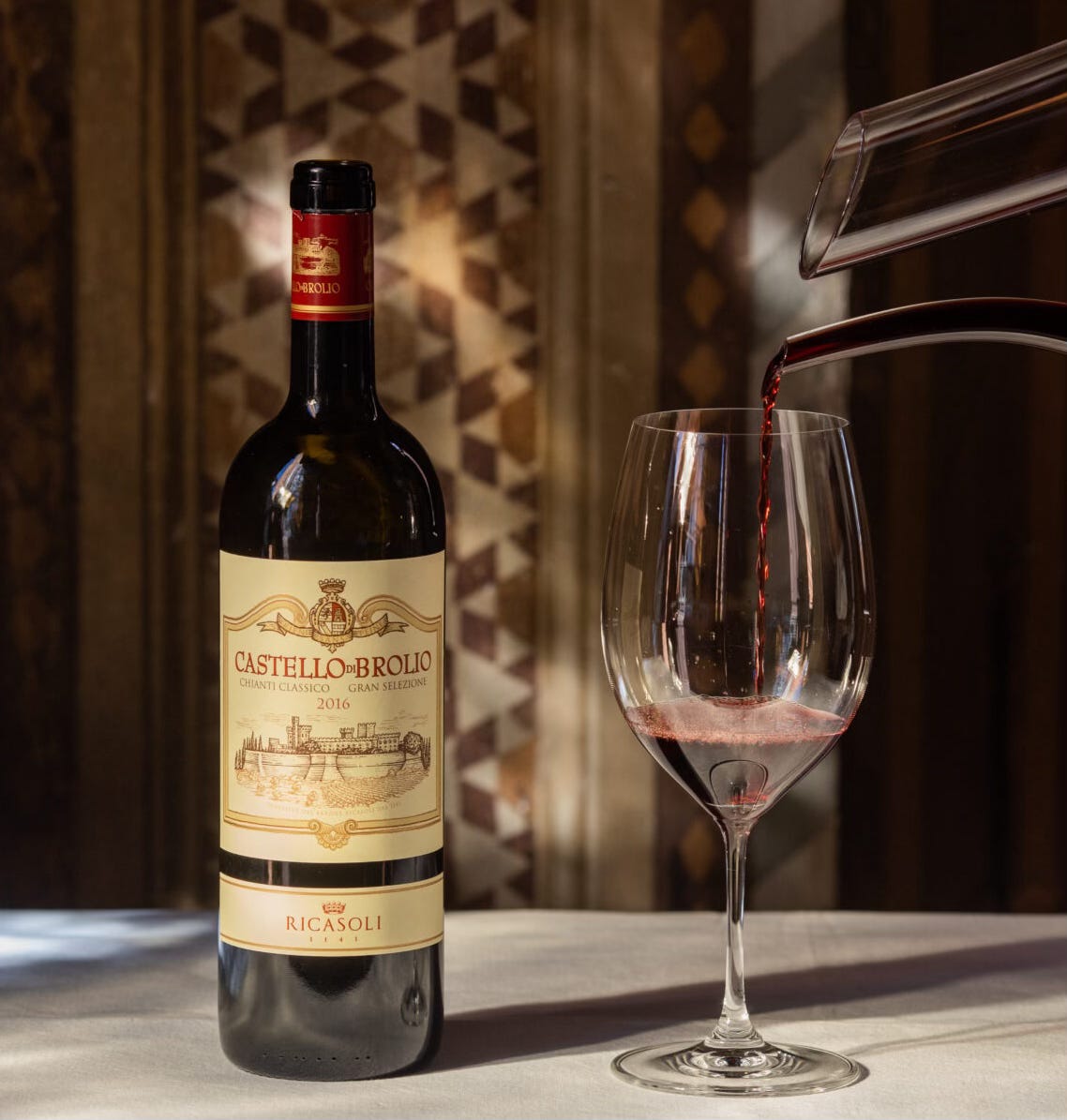
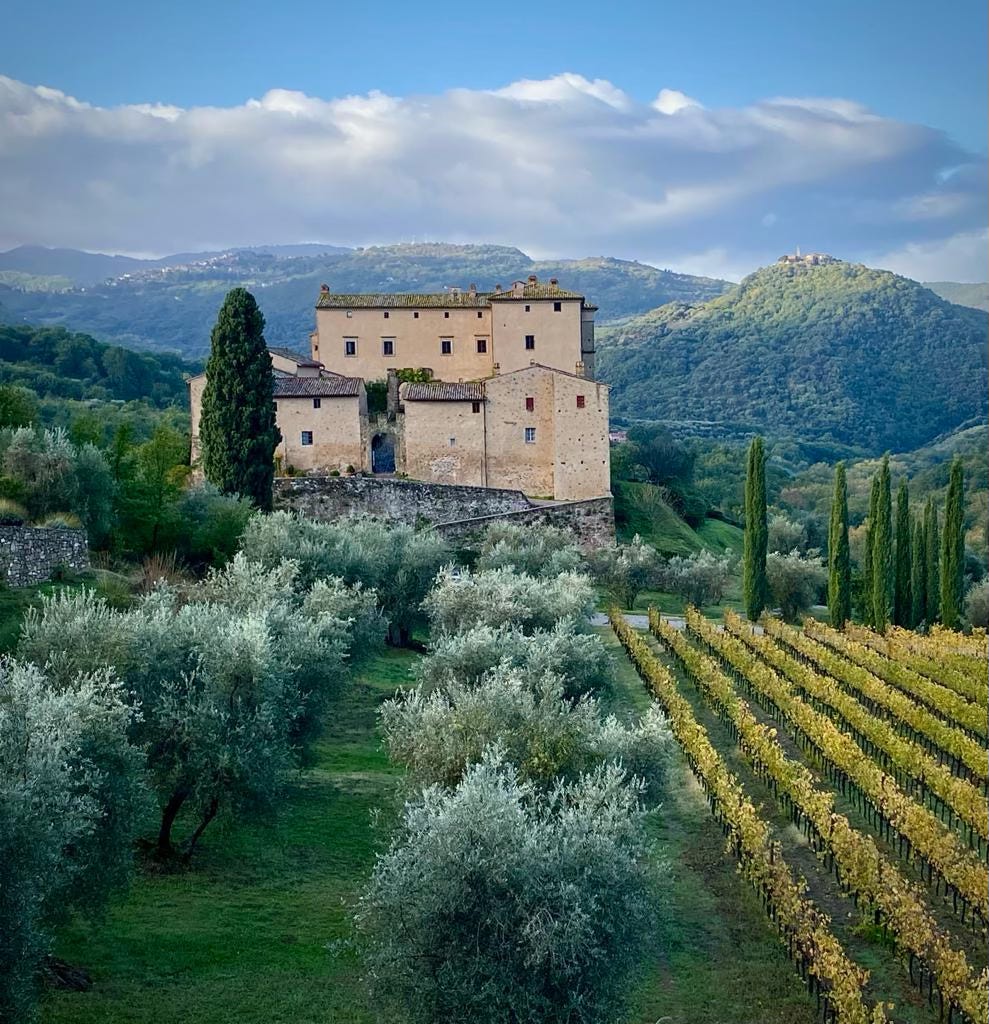
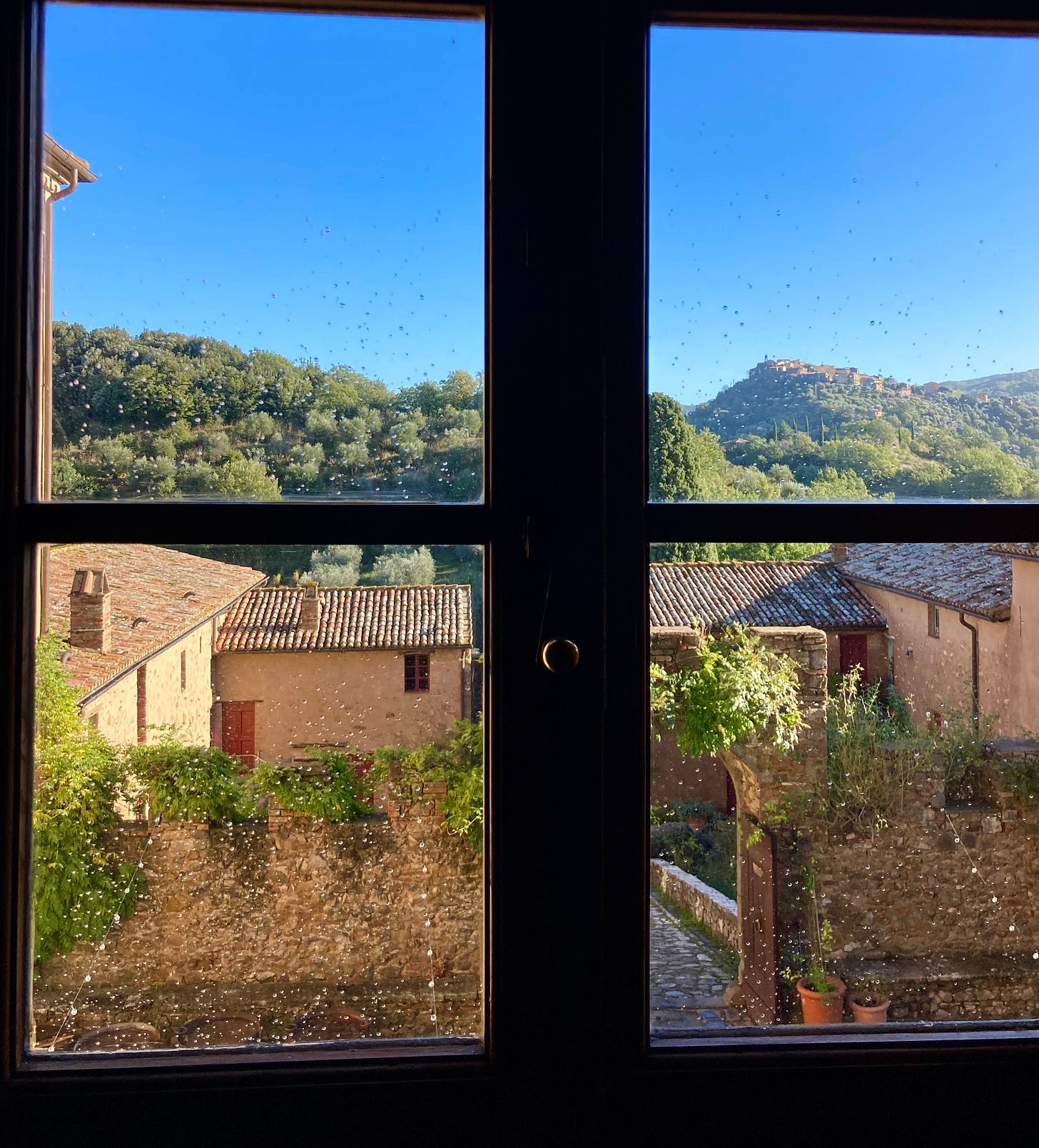
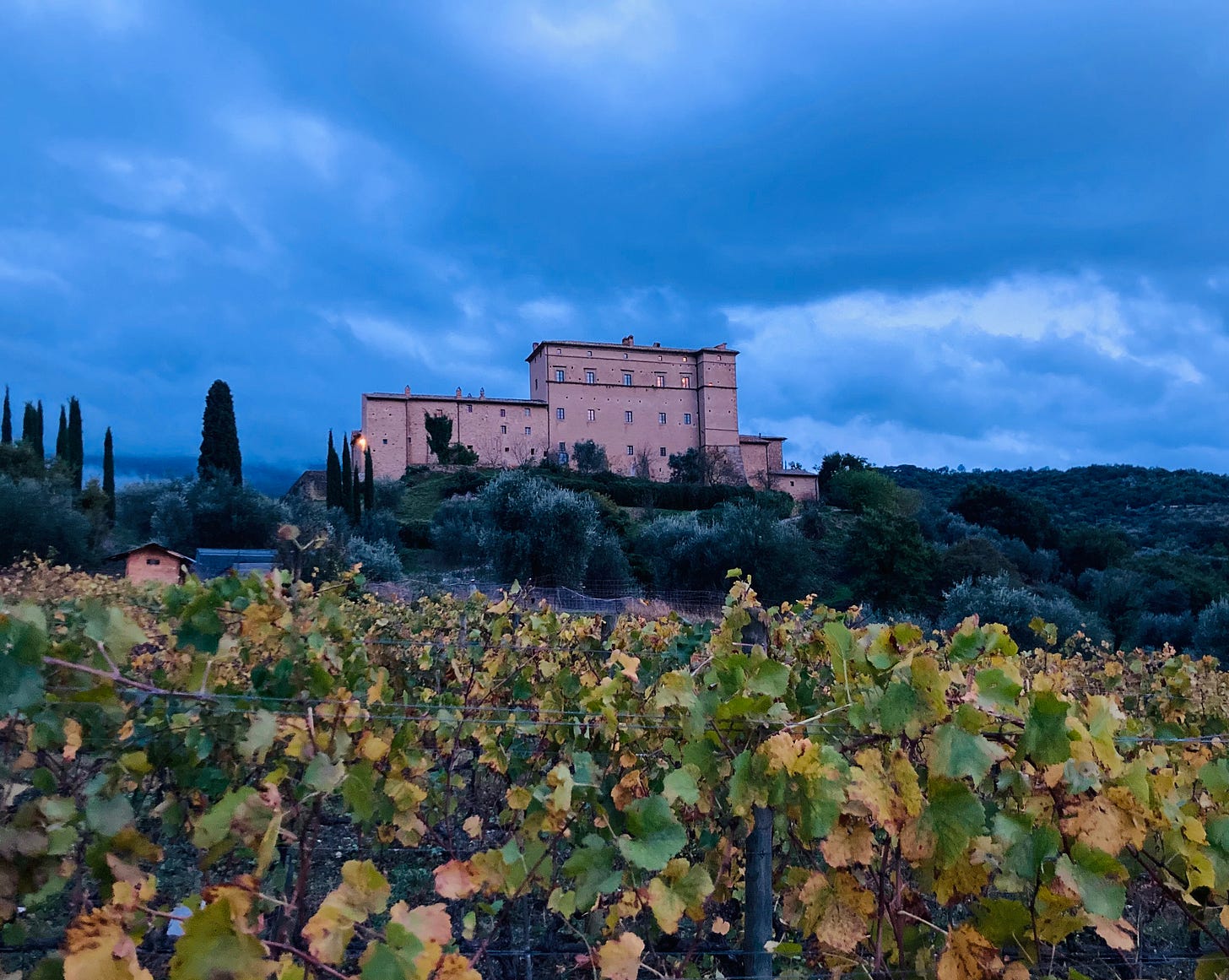
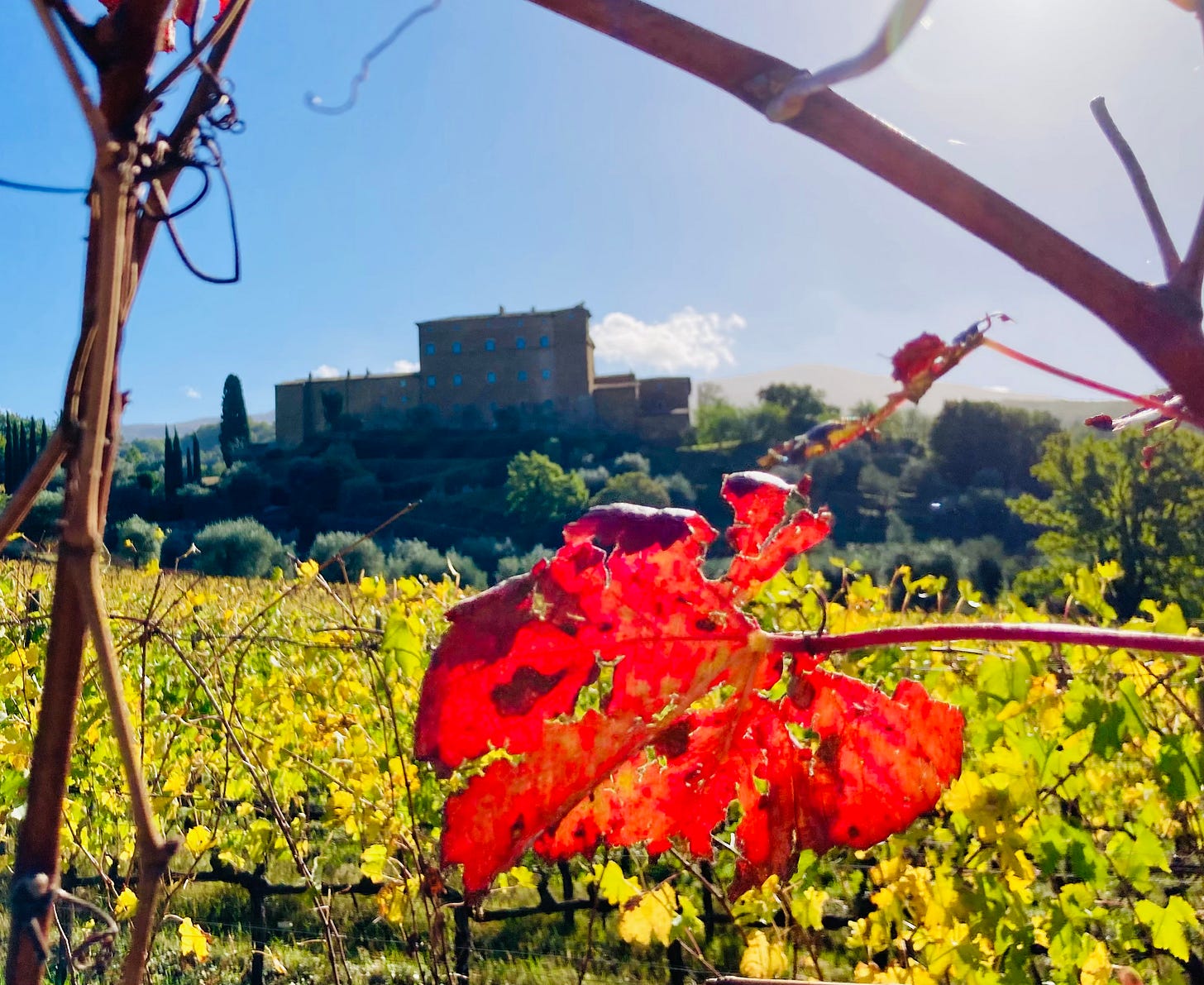
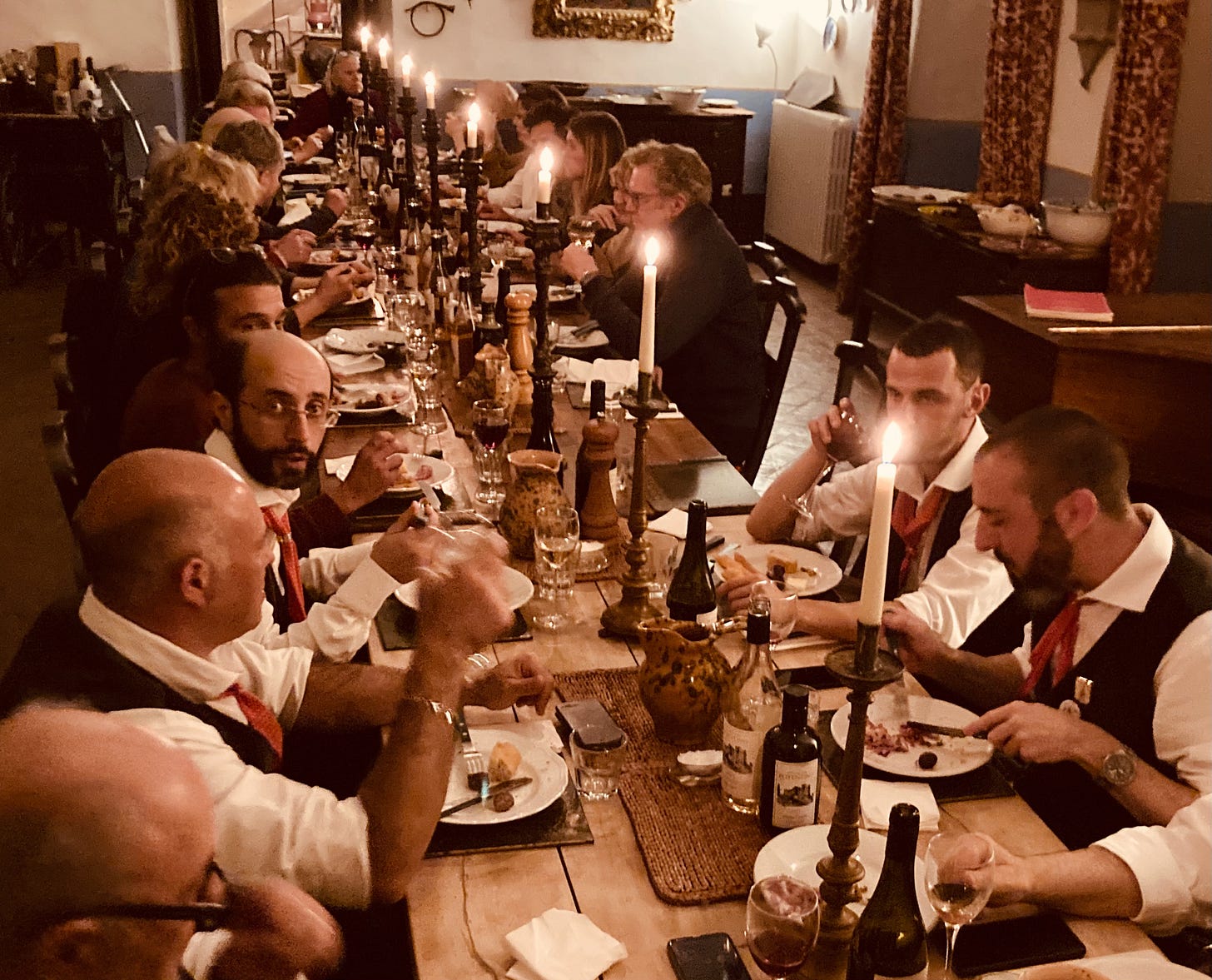
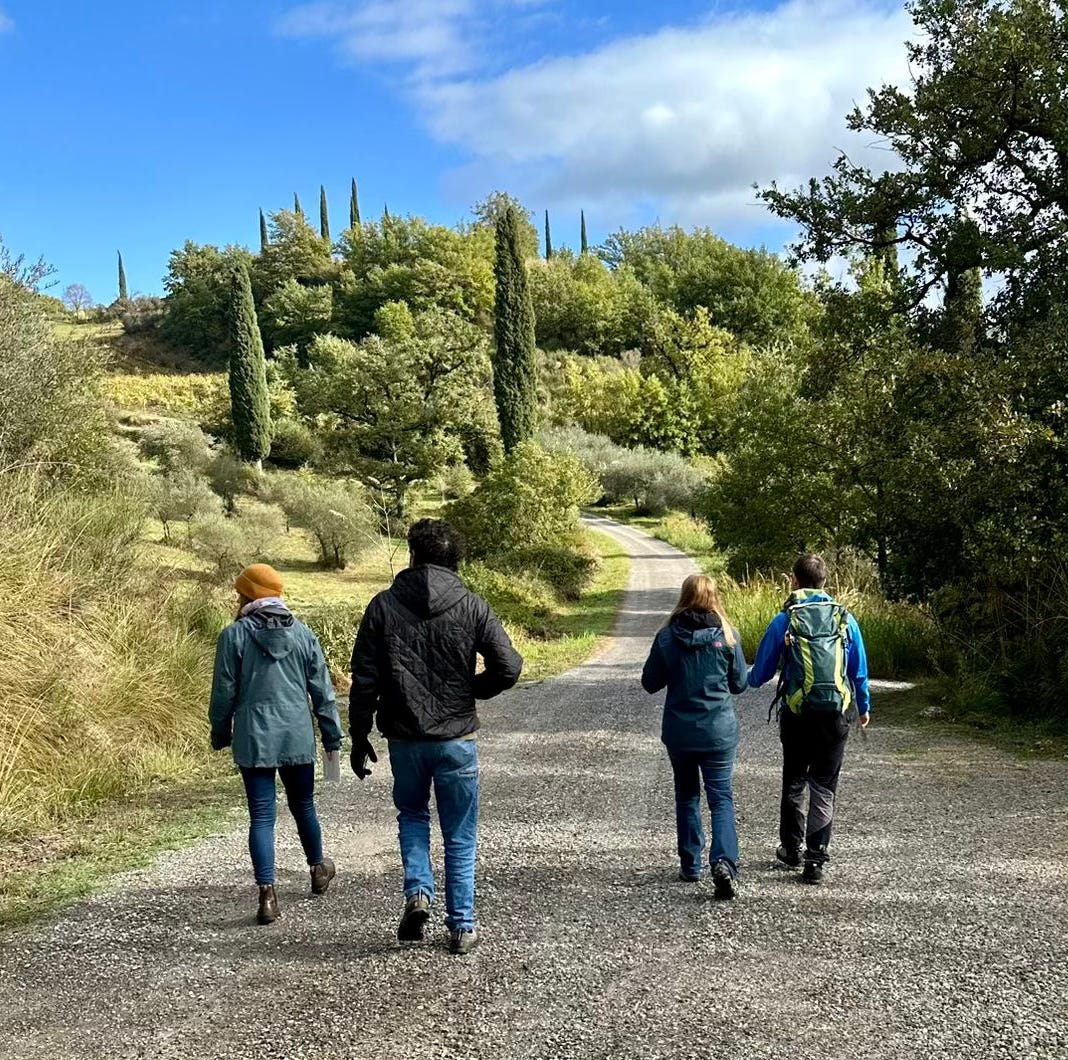
This is fantastic. Loved this post. So glad I found your newsletter.
Great list!!!